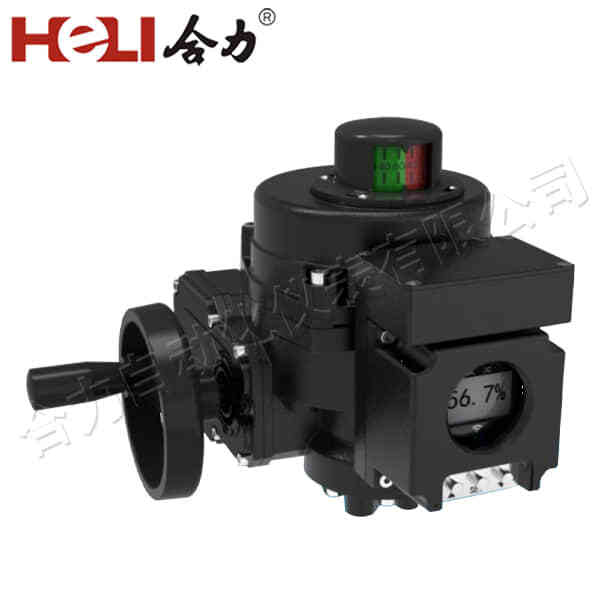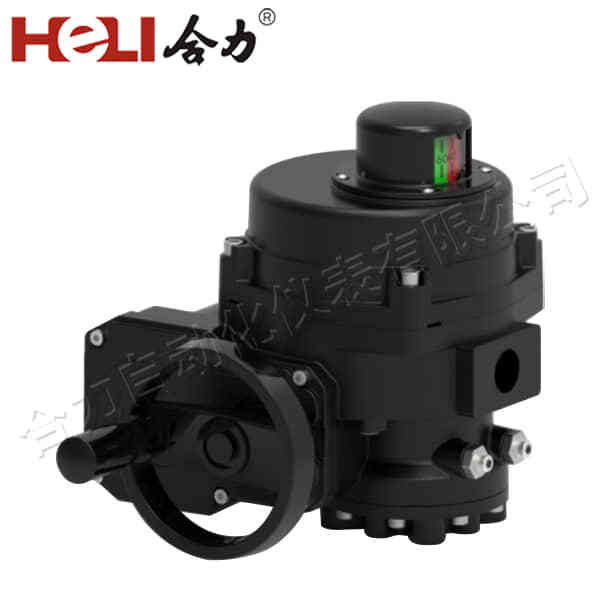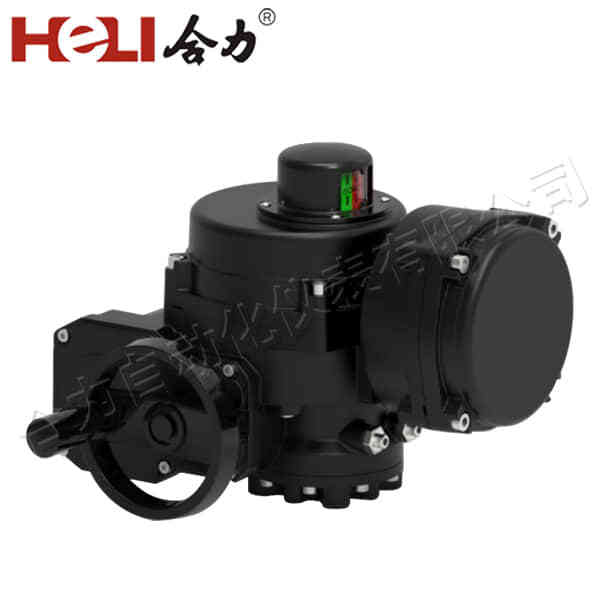Electric actuators are an integral part of modern automation systems, enabling precise, reliable, and efficient control across a variety of industries. These devices convert electrical energy into mechanical motion and are widely used in applications ranging from industrial machinery to robotics, automotive systems, and HVAC. Their versatility, accuracy, and ease of integration into digital control systems make them indispensable in today’s technologically advanced world.

What is an Electric Actuator?

At its core, an electric actuator is a mechanical device that uses an electric motor to create motion. It typically operates by converting electrical energy into linear or rotary motion depending on the design. The key components of an electric actuator include the electric motor, gears, shafts, and the necessary control systems. The motor generates motion, which is then transmitted through the gear system, which either drives a linear or rotary output. Electric actuators can be broadly classified into two main types: Linear Electric Actuators: These actuators generate motion in a straight line. They are commonly used in applications where precise linear movement is required, such as opening or closing valves, adjusting positions in robotic arms, or controlling throttle positions in engines.
